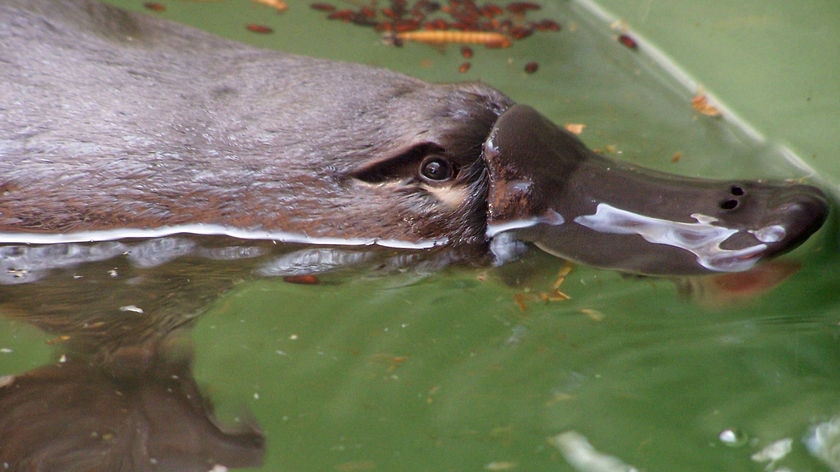The results are in from an audacious search that’s been described as part CSI, part Where in the World is Carmen Sandiego?
If Carmen Sandiego was a platypus and not a computer video game character from the 1990s, that is.
For the first time, thanks to The Great Australian Platypus Search, Victoria has a statewide picture of how its platypus population is faring.
The search was held from August to September last year, with citizen scientists asked to collect water samples from more than 1,500 waterways across the state.
Scientists at EnviroDNA ran those water samples through their labs searching for environmental DNA, also known as eDNA.
The eDNA contained traces of wildlife DNA shed from the animals into the environment.
Scientists used the information to genetically trace some of the state’s stealthiest critters into previously unknown hideouts.
“I don’t know if it’s exciting, but filling in areas where we didn’t have platypus data before was one of the big goals of the project,” said platypus ecologist Josh Griffiths.
“The results were largely what we expected — the platypus were largely where we thought they were, and not where they weren’t thought to be.”
But that didn’t mean all was well for one of Australia’s most unique mammals.
The platypus was listed as threatened for the first time in Victoria last year, and was endangered in South Australia.
An EnviroDNA spokesperson said the data from the project would be released to the public soon, and that a similar program was expected to start in New South Wales in the near future.
victorian rivers under microscope
The platypus search turned Victoria’s waterways into a quasi-crime scene, with amateur sleuths slugging through the bush taking samples that would hopefully uncover vital clues.
Early results indicated promising returns in western Victoria, particularly in the Wimmera region.
“There was a localized population in the Mackenzie River and it looks like that population is expanding a little bit further which is great,” Mr Griffiths said.
“We’ve found them as far downstream as we’ve seen in decades.”
Further south-west near Warrnambool, strong numbers were recorded in the Glenelg and Hopkins Rivers, however there were no platypuses found in smaller tributaries off those major rivers.
“One of the big things to come out of this is to find where those populations are that are in strife,” Mr Griffiths said.
“That way we can find out where we can best assist the population so that they’re still around in another 50 or 100 years.”
What can be done?
The survey was spearheaded by a not-for-profit conservation organization the Odonata Foundation, with funding from the state government and numerous philanthropists.
It was hoped the results would be a baseline for future generations’ learning.
“To have a statewide, point-in-time snapshot of Victoria’s platypus populations is really special,” said Odonata Foundation CEO Sam Marwood.
“This data will complement many years of visual observations and scientific studies, to give us the most comprehensive understanding of platypus distribution we have ever had.”
Mr Griffiths said the information would be invaluable for catchment authorities and those charged with protecting the state’s waterways.
And just as citizen scientists collated the information, they could also help to stop the population decline.
“The number one thing is trying to be careful with our water,” Mr Griffiths said.
“When we went through the drought everyone was very conscious about conserving water, but I think it’s probably been a bit slacker since.
“Every time we have a shorter shower or don’t water gardens in the middle of the day; every liter of water we can save can potentially be returned back to the environment for platypus and fish and turtles and everything that’s dependent on it.
“That’s the number one thing we can be aware of.”
.

